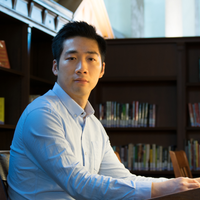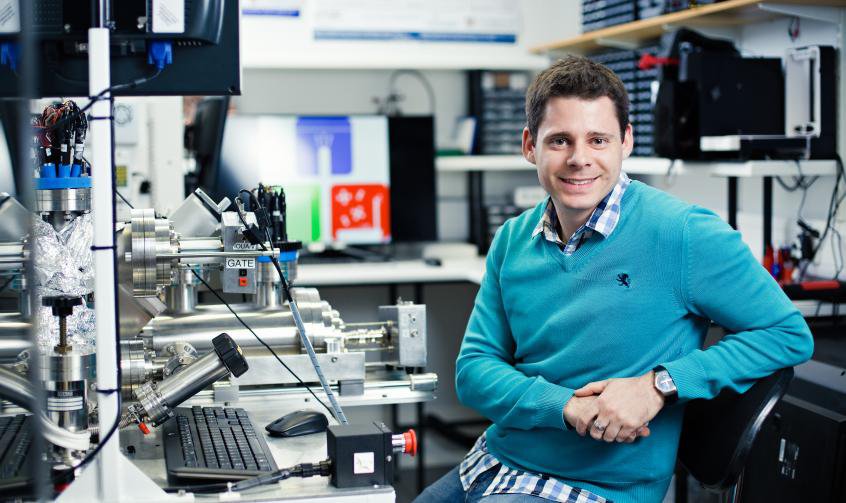X-rays are the key element to obtaining medical images which lead to conclusive diagnoses of bone fractures or even certain types of cancer. The importance of this technique led its creator, Wilhelm Röntgen, to win the first Nobel Prize in Physics in 1901, and the search for cost, efficiency and safety improvements has never ceased. Now, more than a century later, the researcher Matthew Cole from the Electrical Engineering Department at Cambridge University (United Kingdom) has been recognized as one of MIT Technology Review, Spanish edition's Innovators Under 35 Europe 2017 thanks to his advances in this field.
Conventional x-ray machines are normally comprised by a long tube with a tungsten filament at one end which emits the electrons which generate the radiation. But in order for the filament to emit this radiation, it must be heated to 1,000 °C, which accelerates the electrons out of the tube. Cole manages Cambridge XRay Systems, a research team that has replaced tungsten as a source of electrons with nanomaterials with more desirable properties.
The nanomaterials Cole's team users are one-dimensional and two-dimensional, and 10,000 times smaller than a human hair. Many of them are made of carbon and are only one atom thick. The nanomaterials are incrusted on a chip which allows them to be controlled remotely. Thanks to these improvements, the team has successfully built x-ray machines that are easier to use and more precise than current alternatives commonly found at border control or used for pharmaceutical inspections, electronic validations and diagnostics and medical treatments.
Cambridge XRay Systems is also betting on graphene due to its favorable electronic properties, durability and flexibility. This material also has great potential for applications which range from the communications field to energy and storage. Research in the nanomaterials realm promises to deliver regular improvements. This is precisely what leads Dr. Cole to highlight the need to "imagine realistic and pragmatic ways to use and interact with these new materials."
The physics professor at the Autonomous University of Madrid (Spain) and jury member for the Innovators Under 35 Europe 2017 competition, Jorge Bravo Abad, confirms that Cole is "a distinguished member of the next generation of pioneers and key technological innovators that is already creating solutions for society's most important problems." In his expert opinion, this young innovator "combines uniquely scientific excellence with a demonstrated ability to take research breakthroughs to market," and he feels sure that Cole "will be a major technological player at the global level."
By Carmen Barrios Pérez
Translation: Teresa Woods




